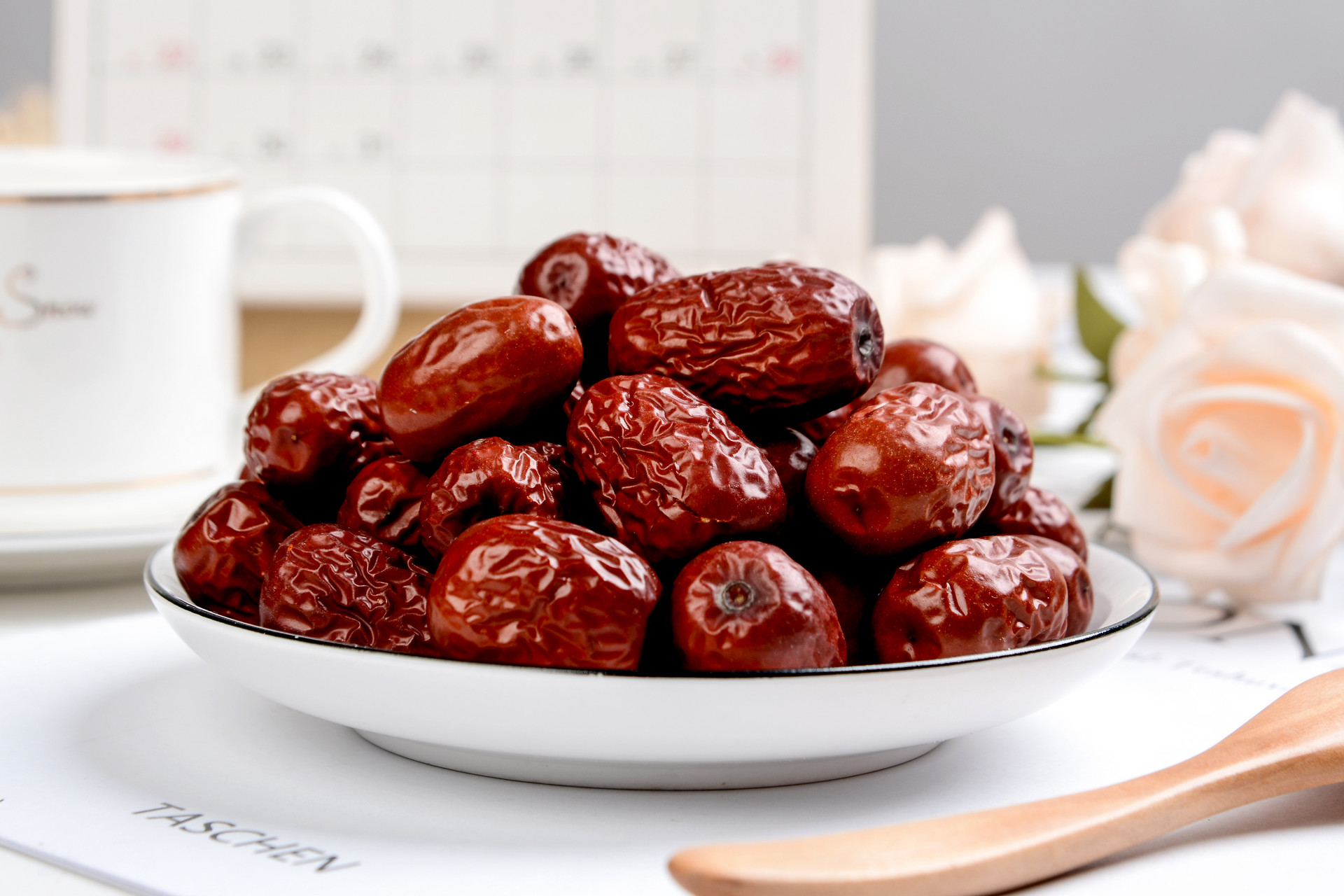Snow Mountain Artemisia is both a traditional Chinese medicine and a poisonous herb. The author of this article solemnly reminds everyone that without professional handling, Snow Mountain Artemisia should never be consumed.
Image of Snow Mountain Artemisia
[Antidote for Snow Mountain Artemisia]
Aconitine is a diterpenoid alkaloid found in various plants of the Aconitum genus, such as Aconitum carmichaelii, Aconitum kusnezoffii, Aconitum sinomontanum, and Aconitum hemsleyanum. It is a colorless transparent crystal with a melting point of 204℃ and a specific rotation of +19° (chloroform). It is soluble in chloroform, benzene, ethanol, and other solvents.
Aconitine is an ester, which can be hydrolyzed to lose one molecule of acetic acid, resulting in a decrease in toxicity. Further hydrolysis removes one molecule of benzoic acid to generate aconine, whose toxicity is only 1/2000 to 1/4000 of aconitine.
Preparation of Chinese medicine Fu Zi (lateral root of Aconitum carmichaelii) can reduce its toxicity, which may be related to the property of reducing toxicity after hydrolysis of aconitine. Aconitine has analgesic effects on various neuralgia and gout, but due to its high toxicity, it is no longer used clinically.
In traditional Chinese medicine and folk remedies, various species of Artemisia are widely used for dispersing heat and relieving pain, as well as treating rheumatism. However, since Artemisia often contains aconitine, caution must be exercised when using it. The lethal dose of aconitine (oral) is 0.2 milligrams, and the fatal dose is 2.5 milligrams.
Traditional Chinese medicine uses mung beans or honeysuckle to detoxify.
[Treatment with Snow Mountain Artemisia]
1. For bruises, rheumatism, and toothache: Take 0.25 grams of Snow Mountain Artemisia (about the size of a grain of rice) orally.
2. For bruises, snake bites, and insect stings: Take five grams of Snow Mountain Artemisia. Soak in one kilogram of alcohol for ten days, then apply externally (do not take internally).
[Appearance of Snow Mountain Artemisia]
Snow Mountain Artemisia is a perennial herb with a height of about 90 centimeters. Its root is cone-shaped. The stem has short, appressed hairs. The leaves are alternate, petiolate, palmately divided, with lobes that are pinnately shallowly divided or coarsely toothed. The upper surface is green with a few short hairs, while the lower surface is pale green and nearly hairless.
The inflorescence is racemose and long, with numerous flowers. There are two small bracts, nearly linear and located above the middle of the flower stalk. The sepals are petaloid, yellowish-green, with one sepal forming a helmet-like shape on the upper side.
Snow Mountain Artemisia grows on the edge of mountain forests and in shrubs.












